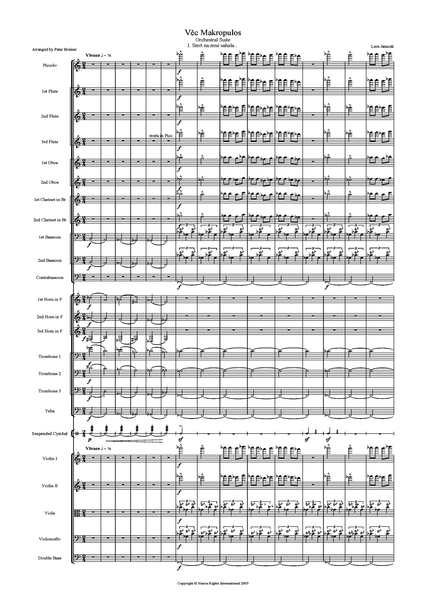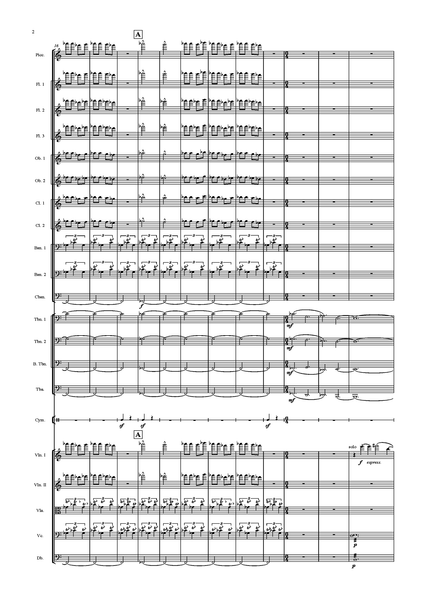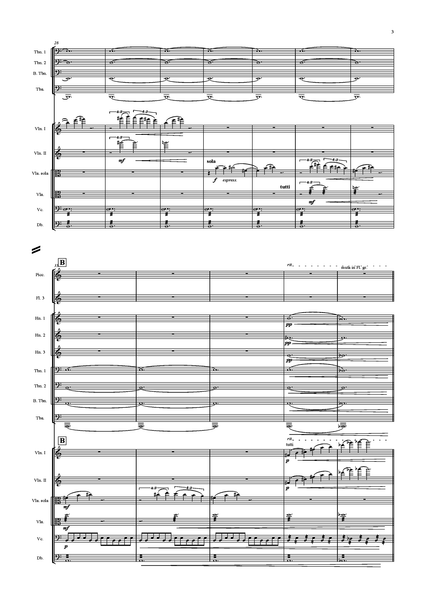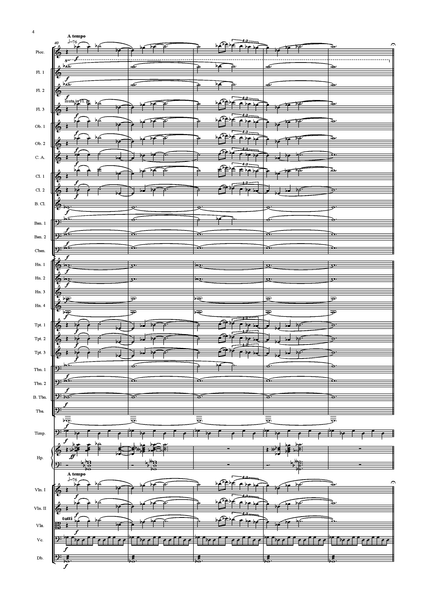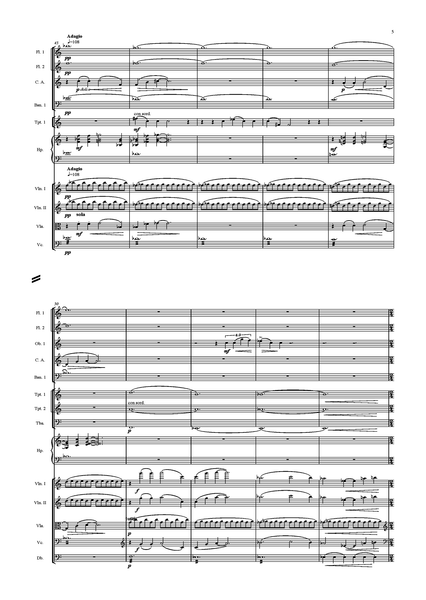Leoš Janáček: Věc Makropulos Suite – arranged by Peter Breiner (PB048)
Sheet music edition. Choose your format from the selection above.
113 pages
Duration: 32m
Instrumentation: 3+1. 2+1. 2+1. 2+1 - 6.5.3.1 - timp + perc - hp - str
Karel Čapek’s 1922 philosophical comedy about the 337-year-old opera-singer Emilia Marty (Elina Makropulos) struck Janáček as a possible opera text when he saw the play three weeks after its opening. Věc Makropulos (The Makropulos Case or Secret) concerns a legal fight over a document in which the secret of Emilia’s ageless beauty is revealed. Elina Makropulos, as she was originally called, is the daughter of an alchemist at the court of Emperor Rudolf II. Over three centuries she has been known and called by a variety of different names, taking vast numbers of lovers along the way. Given her great age, she is able to help the lawyers in the story to solve a generation-old legal wrangle, meantime, however, she is searching for the details of the potion so that she can extend her life again.
The suite begins towards the end of the opera, after the secret of Marty’s agelessness has been discovered. The music is taken from the moment when Emilia Marty appears on stage for the last time. Although the heraldic call at the opening of the movement indicates some former glory, Marty is lonely and exasperated. The ominous thud of the timpani (a recurring trick in Janáček’s operas) indicates that death is near. The second movement is taken from the bustling overture, indicating the terrific scrabble around for legal documents in the first scene. Unlike the ending to the piece, this music has drive and pugnacity, with lyrical passages pitted against whirling repeated motifs (the rumble of the timpani is
already in evidence). Janáček brilliantly encapsulates the psychological tenor of the opera in this virtuosic introduction.
More of the material from the first act forms the suite’s third movement, dominated by the arching four-note ‘Ma- kro-pu-los’ theme. Despite the ‘seriousness’ of the opera, Janáček rejoices in the piece’s absurdities, no more so than in the fourth movement where Count Hauk-Šendorf recalls his affair with Marty. The dotty aristocrat recognises Emilia as a gypsy woman called Eugenia Montez, with whom he had an affair in Andalusia; Janáček peppers his orchestration with ‘gypsy’ harmonies and castanets. The fifth movement is based around the duet between Gregor and Marty in Act II where the libretto and the music again play out the discrepancy between Marty’s need for the potion and the men in her life’s need for her affection. Despite the clustered harmonies that pierce through the texture, the sensuous lyricism, which has attracted generations of men to Marty, rides out. The final movement is taken from the third act. Despite Gregor’s amorous approaches, Marty succumbs to Baron Prus’s advances in exchange for the prized document that will set her free. The second part of this movement is taken from the last moments of the opera when Emilia rejects the potion for a natural death. Her decision is an exultant one and the brass writing, which had been so heated and argumentative at the opening of the opera, is now jubilant. Marty dies with a glorious orchestral coda.
Audio Sample






